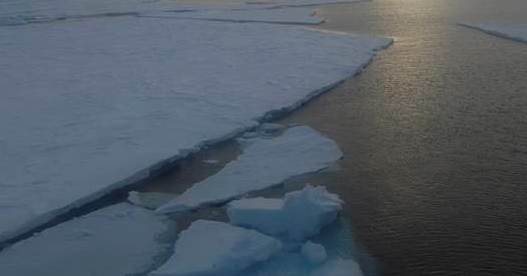
According to US and European scientists, the extent of sea ice at both poles has hit new record lows for this time of the year.
The disappearing sea ice comes as the Earth marks three consecutive years of record-breaking heat and temperature rise, raising fresh concerns about the accelerating pace of global warming.
Artic region: The ice floating in the Arctic Ocean grows and shrinks on a seasonal cycle every year, reaching its largest size in March and smallest at the end of the summer melt in September.
But this year’s Arctic maximum spanned 14.42 million sq.km i.e. 95,829 sq.km below the previous record low in 2015.
This year’s ice cover is 12,19,884 sq.km smaller compared to average sea ice extent for 1981-2010.
The Arctic sea ice maximum has dropped by an average of 2.8% per decade since 1979.
There was a lot of open ocean water and very slow ice growth because the water had a lot of accumulated.
Antartic Region: The ice in the Antarctic also follows a seasonal cycle but its maximum comes in September and its minimum around February (summer in Southern Hemisphere).
In the Antarctic, this year’s annual sea ice was 21,10,840 sq.km, about 1,83,889 sq.km below the previous lowest minimum extent in the satellite record, which occurred in 1997.
For the past two years, Antarctica saw record high sea ice extents and decades of moderate sea ice growth.
Current Affairs 24th March, 2017 Current Affairs Round Up Bullet Points, February, 2016

Join The Discussion